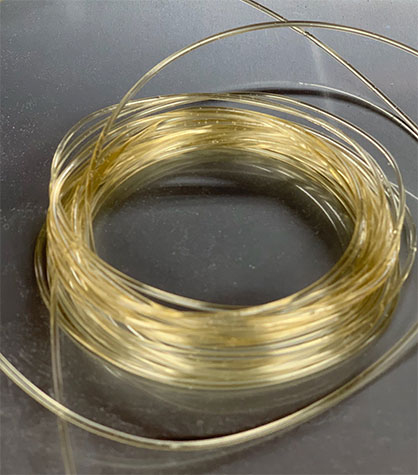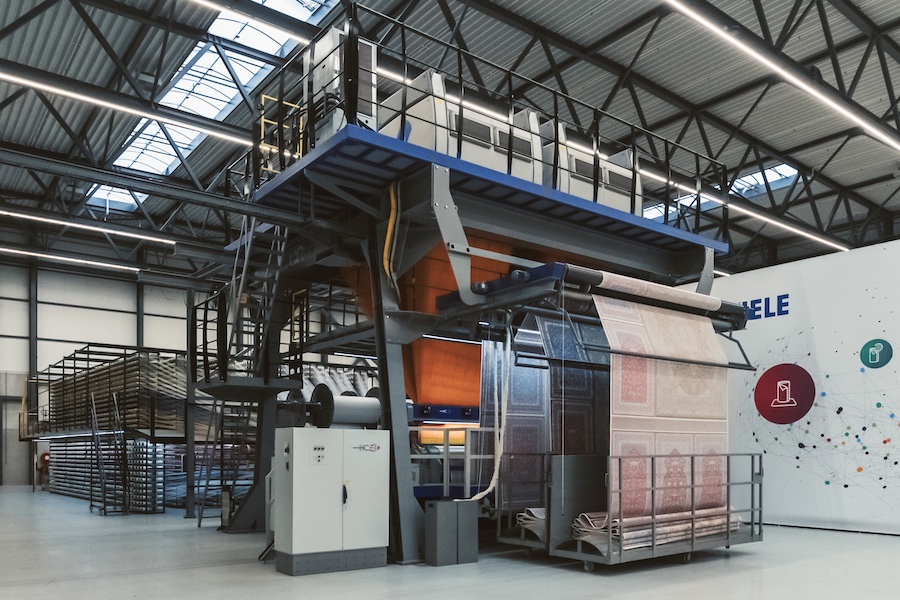#Yarn & Fiber
Green Science Alliance developed textile, fiber, yarn, film made of cellulose based biodegradable resin
In this regard, Dr. Ryohei Mori at Green Science Alliance Co., Ltd. has developed biodegradable Textile, fiber, yarn, film with cellulose based resin. They have also applied their nano cellulose composite technology into this cellulose based material, and made so to speak "cellulose + nano cellulose" material and products. Green Science Alliance had confirmed previously that mixed nano cellulose in the biodegradable resin can increase biodegradability. This "cellulose + nano cellulose" resin is a very interesting new type of biodegradable resin material. In addition, cellulose can be said to be a very environmentally friendly biodegradable resin since most of biodegradable resins are composed of either petroleum or edible biomass. Using edible biomass such as corn, sugarcane, potato, etc. as raw material can be risky since they compete with human nutritious food.
They will keep making an effort to improve resin properties such as mechanical properties, molding properties, etc., in order to create good biodegradable resin fiber, yarn, film, as well as non-woven.


















